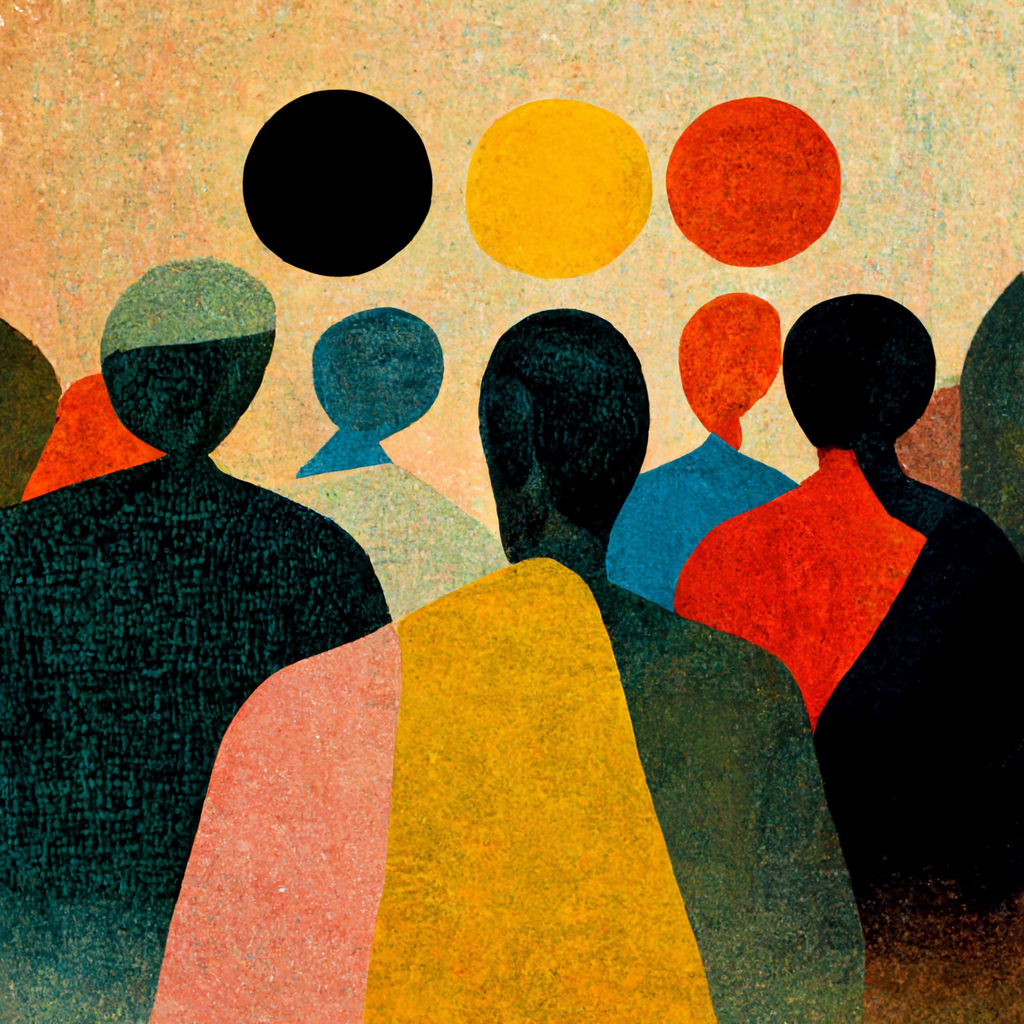Restorative practices (RP) derive from “restorative justice,” which is used to bring together, in mutual agreement for mediation, the victim and the perpetrator of an offense. The goal is typically restitution for harm caused while helping the perpetrator restore community ties.
In education, “practices” is often swapped in for “justice” because it involves children who aren’t in criminal proceedings. Formal conflict resolution, after a dispute or rule-breaking, does play a role, but RP is also proactive, explains Anne Gregory, a Rutgers professor and one of the nation’s leading RP experts.
One core proactive practice is “check and connect.” This might be as simple as having teachers and staff say hi to each student as they enter the school, or asking a student between classes how their day is going. When there’s an issue, students can then sit down with a trusted adult to build “their own insight into themselves and what’s driving their behavior,” Gregory says.
The City That Kicked Cops Out of Schools and Tried Restorative Practices Instead – In These Times
RJOY Executive Director Teiahsha Bankhead tells me that, while restorative justice has gained adherents in the West over the past 50 years with the decarceration and racial equity movement, “restorative justice draws upon thousands-of-years-old practices of peacemaking and healing by Indigenous communities around the world.”
The City That Kicked Cops Out of Schools and Tried Restorative Practices Instead – In These Times
The Harvest Collegiate Circle Keepers are a youth-led restorative justice program abolishing the school-to-prison pipeline toward collective liberation.
They are a group of high school students from harvest collegiate high school in New York City who work through conflicts together in a whole school program.
And in this keynote you’ll see how they react to conflicts and move through them, committing to restorative practices from simple conflicts to complex issues like white supremacy racism sexism homophobia and racism.
They believe that youth voice is integral not only for communication accountability and insight but most importantly for achieving true justice for all.
Modeling Restorative Justice w/ the Harvest Collegiate High School Circle Keepers – YouTube
The theory underlying Restorative Practices, on the other hand, is based on the use of the lens of community, rather than the competitive lens of achievement, as the view through which we see our relationships in school. This theory understands that the root of learning is the same as the foundation for being human- that is, that belonging trumps everything. This sense of belonging is a fundamental necessity in learning. If I feel that I belong, that who I am matters and is honored, then I will engage as a responsible member of this community. When I am seen and welcomed as a member of a community, I will hold myself in responsibility to that community.
Restorative Practices, on the other hand, correctly imagines students as being dependent upon the nexus of relationships that occur within the context of school. It imagines that, rather than being a pathway out of community and abstracted from place, the purpose of education is to build and strengthen the social capital of community. It recognizes that satisfying happiness can only come with Belonging. These practices explicate and leverage the necessity of our interdependence with the people involved in our community, and thus require us to learn the skills needed to function within the communities we live within.
And all of this is crucially important.
Restorative Practices are a fairly new movement within schools and communities, but they are not new. We look at them as progressive, and they are in our times, but they are actually based on the traditions of the indigenous Maori of New Zealand. As practices they go back to what has worked within community for thousands of years. In this sense they are deeply conservative. And conservative really means “to conserve” those things that “work.” (We put this in quotes because in our times, what “works” is often reduced to that which is economically expedient.) The most “conservative” communities are always those indigenous to place. Their ways are the ways that necessarily “work” in accordance with place. If we are to live on what the Native Americans call Turtle Island and we have named America, we should probably look back to some of the traditions that have worked here for thousands of years. In fact, until relatively recently, most humans have necessarily acted with the awareness that we are always dependent upon the sources of our life that sustain us, the non human elements that make up our community. Chief Seattle famously put it this way:
“Man did not weave the web of life, he is merely a strand in it. Whatever he does to the web, he does to himself. All things share the same breath – the beast, the tree, the man… the air shares its spirit with all the life it supports.”
Education as if the World Mattered: Belonging and Interdependence as Education’s Purpose – Southeast Michigan Stewardship Coalition
A growing body of research shows that schools and districts that have implemented restorative strategies report a range of impressive outcomes.
These include reductions in student misbehavior and classroom disruptions and dramatic decreases in suspensions, improved academic outcomes, improved school climate indicators, and reduced absenteeism.
Listen to Us: A Toolkit About Nonspeaking Autistic People, Meltdowns, and Seclusion and Restraint
Related reading,

